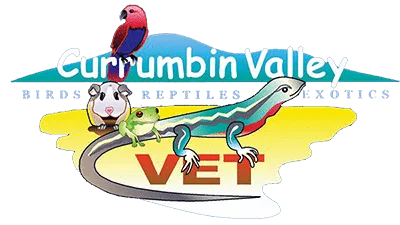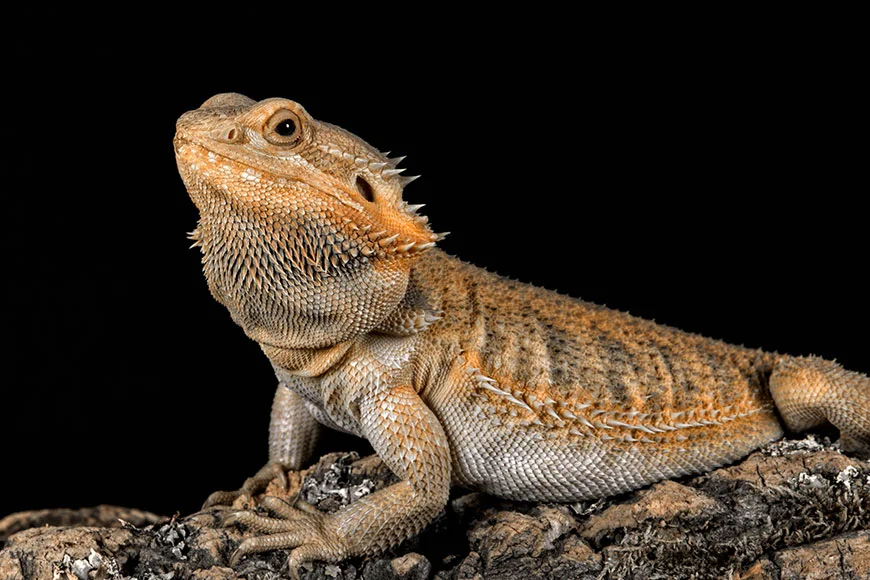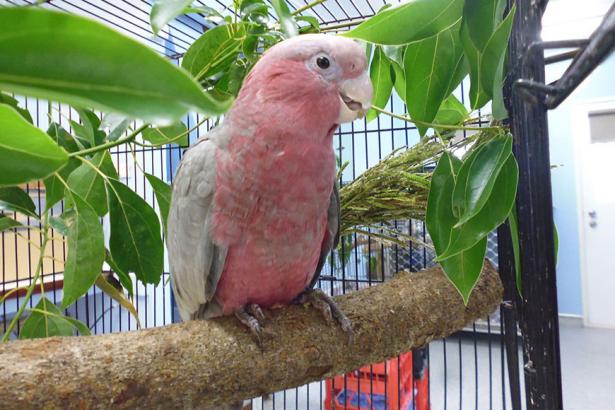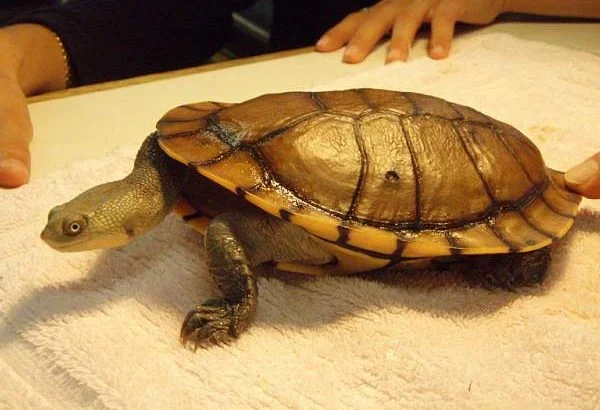Keeping bearded dragons as pets is an increasingly popular choice for many people. These lizards, which are native to Australia, are known for their distinctive “beard” of spiky scales on their throat and their calm, docile personalities. They have a lifespan of around 10-15 years, are relatively low-maintenance and make a great addition to any home. Here, we will discuss the basics of caring for a bearded dragon, including the necessary supplies, diet, and housing.
Before bringing home a bearded dragon, you will need to read up on bearded dragon care and make sure you have the proper supplies on hand. This includes a tank with a secure lid, lighting equipment, a thermometer, and a hygrometer. Additionally, you should have a variety of substrates on hand, such as sand, paper towels, and reptile carpet.
Environment
When it comes to caring for a bearded dragon, pet advice can be hard to come by. First and foremost, they require a warm and dry environment. Bearded dragons are desert animals, so they need a basking spot that stays between 38-42 degrees Celsius and a cooler area that stays between 24-26 degrees Celsius. A heat lamp or ceramic heat emitter can be used to provide heat, but it’s important to also use a thermometer to monitor the temperature and ensure it stays within the proper range. If a bearded dragon is not kept in the correct temperature range, they may develop health issues as their body cannot function efficiently.
In addition to heat, a bearded dragon lizard also needs UVB lighting. UVB lighting helps them produce vitamin D3, which is essential for healthy bone growth. It’s important to use a UVB bulb that is specifically designed for reptiles and replace it every 6-12 months.
Housing
When it comes to housing, bearded dragon tank setup is important. They need a large tank with plenty of space to move around. The tank should also be equipped with rocks, branches, and other items that will allow your bearded dragon to climb and explore.
Bearded dragons also need a spacious enclosure, with plenty of room to move around and climb. The tank should be at least 90cm x 45cm x 60cm, but bigger is always better so a tank size of 120cm x 45cm x 60cm is recommended. If you have a juvenile bearded dragon, it needs space to grow and will only grow as big as the enclosure allows, so take this into consideration when deciding on a bearded dragon enclosure size.
Diet
Bearded dragons are omnivorous, so it is important to provide a balanced diet of both plants and animals. A bearded dragon diet should include both leafy greens such as kale, beans, parsley and zucchini, as well as insects such as crickets and mealworms. Vegetables and fruits can also be offered occasionally as a treat.
Be sure to also include a calcium and multivitamin supplement to help keep your dragon in optimal health and ensure they don’t suffer from vitamin and mineral deficiency. You can also mix in commercial bearded dragon food to provide increased nutrition. Your local reptile vet can provide you with the appropriate supplements and food for your bearded dragon.
With proper care, a bearded dragon can be a rewarding and entertaining companion. Your local lizard vet can give you advice on the proper way to care for your exotic pet. With the right environment and a balanced diet, you can ensure your dragon will stay healthy and happy for many years to come.
FAQs
A bearded dragon enclosure should be at least 150 litres in size (90cm x 45cm x 60cm) and should be made of glass or another suitable material. The enclosure should have a heat source, such as a heat lamp or ceramic heater, and a UVB light for proper digestion and overall health. You should ensure that there is a basking area with a temperature of 38-42 Celsius as well as a cooler area of 24-26 Celsius.
Bearded dragons are omnivores, meaning they eat both plant and animal matter. They should be fed a balanced diet consisting of crickets, mealworms, vegetables, and fruits. It is important to feed them the right proportion of each and avoid feeding them too many insects that could lead to obesity and subsequent health problems, requiring a visit to a reptile hospital.
Bearded dragon enclosures should be cleaned at least once a week. This involves removing uneaten food, faeces, and any other debris. The enclosure should also be disinfected regularly to prevent the growth of harmful bacteria in order to keep your dragon healthy and avoid a trip to an emergency reptile vet.
Bearded dragons are generally docile and friendly creatures that enjoy being handled. They are also known to be curious and will often explore their environment. However, they may become aggressive if they feel threatened or stressed, so it’s important to be gentle and handle them with care.
Bearded dragons should have an initial checkup with a reptile veterinarian, and regular check-ups are recommended. They may require blood work, faecal exams, and x-rays. It is important to monitor their appetite, weight, and behaviour for any signs of illness.
Bearded dragons can live up to 10-15 years with proper care and attention. Visit your local lizard veterinarian for the proper advice and veterinary care to ensure your dragon lives a long and happy life.






2 Comments
Comments are closed.